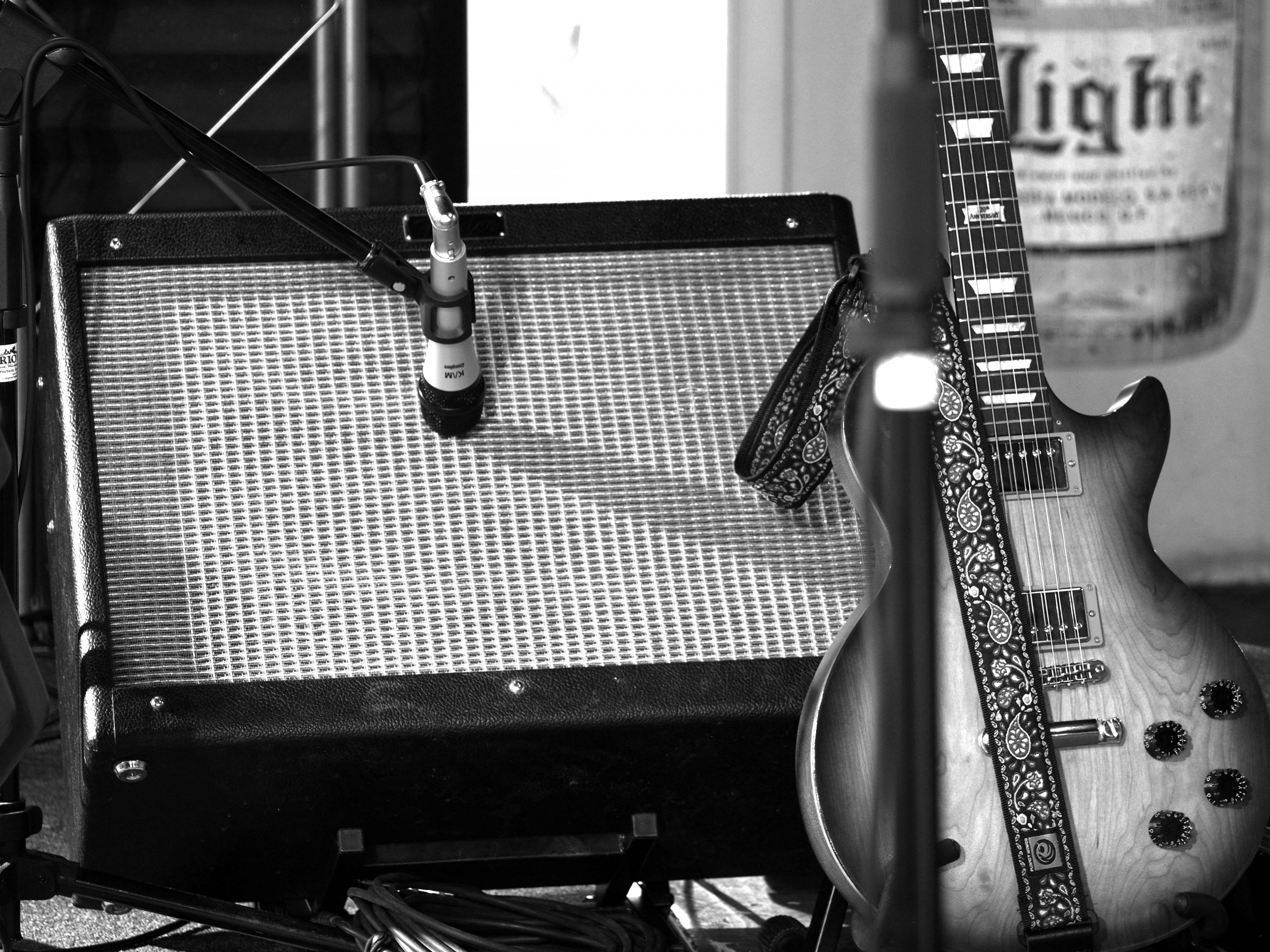The transition from pentatonic soloing to fusion or jazz improvisation can be a depressing time for guitarists as the good old pentatonic scale no longer cuts it (well… it can, but that’s another story), and it’s time to get down to some serious study in order to really play over the chord changes rather than basking in the instant gratification of blowing over everything with one scale. There are many approaches to playing over changes, but to really make progress you’ll need to find one that you actually enjoy. In this post we looked at Lick Mining as a way to expand your vocabulary for playing over changes, and here we’ll look at another approach which involves the first thing that usually goes out the window when you start to play the changes: melody.
What happens a lot of the time when guitarists start to play over changes is that their focus shifts from making melodies and creating licks and runs to trying to cram the scale or arpeggio in before the next chord change; the result being very hit and miss, and somewhat depressing. What I’d like to do here is break down the first 8 bars of a great starter jazz standard, Autumn Leaves, and apply a more melodic approach.
Autumn Leaves is played in a variety of keys but we’ll work in E Minor (G Major) for this lesson. The chords for the first 8 bars are as follows:
Am7 | D7 | Gmaj7 | Cmaj7 | F#m7b5 | B7 | Em | Em
All of the above chords, except the B7, belong to the key of E Minor (G Major), so we can use this scale as our basis for improvisation. Here’s the key of E Minor/G Major up to the 12th fret:

The next thing to do would be to limit ourselves to a comfortable area of the fretboard as we’re concentrating on melody here, not quantities of notes. There’s a nice area between the 4th and 8th frets, as shown below, which contains more than enough notes for our purposes here.

In theory you could use this scale over the whole chord progression, but it’ll sound a little ‘vanilla’ as when outlining the changes, we need to be a lot more deliberate with our note selection.
What to Do
Your task here is to come up with a little melody or lick for each chord by becoming aware of the notes you’re using, and how they sound against the chord. Just a handful of notes is fine at this point as you’ll want them to breathe rather than clutter up each bar. The notes that will sound the most stable are the chord tones, so over the Am7 these are the notes A, C, E and G; over the D7 chord these are D, F#, A, C and so on.
When you get to the B7, which is not in the key, you should take advantage and really outline the chord as it goes back to the E Minor chord. B7 contains the notes B, D#, F# and A. Three of these are already in the scale but if you hit that D#, or incorporate it into your melody over the B7, things start to sound interesting! Make sure you know where the D# is in relation to the scale pattern we’re using, so that you can access it easily and bear in mind that it resolves nicely to the root of the next chord, which is an Em.

When you have a melody for each chord, start stringing them together and use the following backing tracks to practice coming up with melodies and licks. There are three: one at 60 bpm, one at 80 bpm, and one at 100 bpm, so that you can start out slow without getting snowballed by the impending chord changes.
This exercise, although challenging at first, will help you start to create your own vocabulary for playing over changes, and combined with a little lick mining, will have you sounding good in no time.



